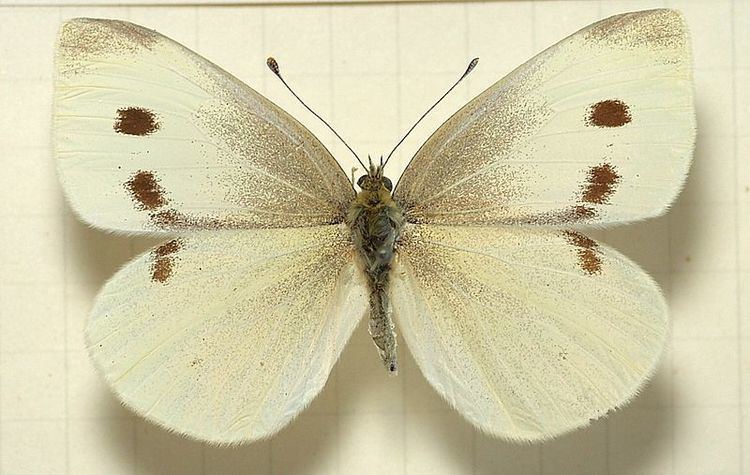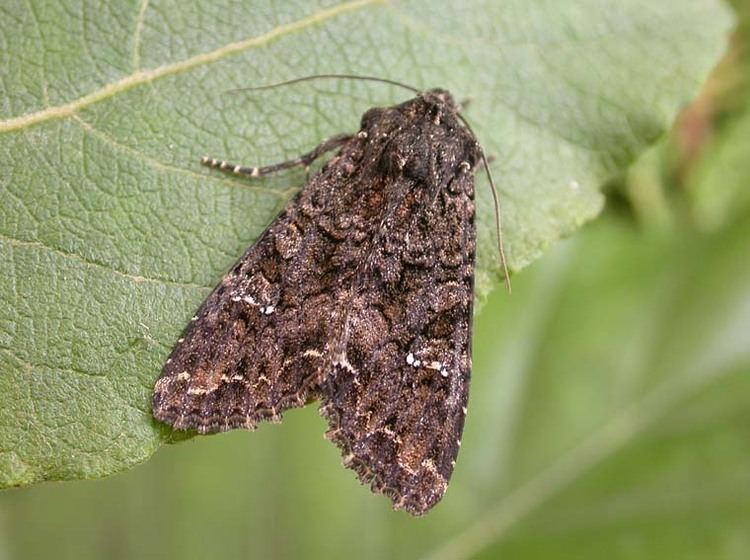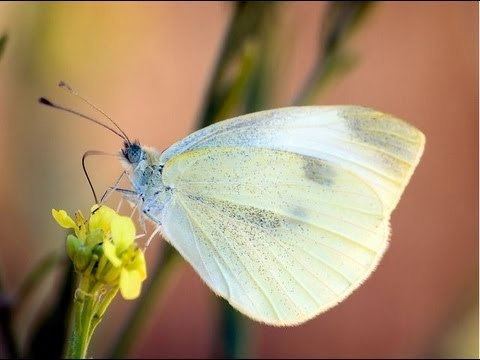Scientific name Mamestra brassicae Rank Species | ||
 | ||
Similar Mamestra, Noctuidae, Insect, Diamondback moth, Butterflies and moths | ||
Beneficial garden insects hoverflies versus cabbage moths
The cabbage moth (Mamestra brassicae) is a common Palearctic moth of the family Noctuidae. It is found in Europe, Russia and across the Palearctic to Japan.
Contents
- Beneficial garden insects hoverflies versus cabbage moths
- Enemy in the garden cabbage moths
- Technical description and variation
- Recorded food plants
- References

This species varies in size, with a wingspan of 34–50 mm. The forewings are brown and mottled with a prominent white-edged stigma and a broken white sub terminal line. The hindwings are grey, darker towards the termen. The prominent spur on the tibia of the foreleg is a diagnostic feature, though is best viewed with a magnifying lens. This moth has two or three broods are produced each year and adults can be seen at any time from May to October, occasionally at other times [1]. It flies at night and is attracted to light, sugar and nectar-rich flowers.

Enemy in the garden cabbage moths
Technical description and variation

The wingspan is 34–50 mm. Forewing grey-brown varied with fuscous: lines pale, dark-edged; orbicular stigma rounded, reniform large, white-spotted, or filled in with white; hindwing brownish, with a paler mark near end of vein 2. The insect varies in opposite directions;
Larva varying in ground colour from green to brown and blackish, with broad pale spiracular line; a dorsal hump on segment 11: with dorsal and lateral stripes; dark dorsal marks, various white dorsal and lateral spots; dark 'tyre tread' marks; brown 'eye' marks, and a dark back central back stripe.; grey dorsum, pale lateral stripe and tan versum.; red-brown earth colour; grey-brown earth colour; tan dorsum, white and then yellow stripe and pink ventrum.; green, khaki, grey-brown or brown with dark spots; green-grey dorsum, yellow stripe and light green ventrum; grey green with a dark green dorsal stripe; black dorsum, yellow lateral stripe and light yellow green versum*
- ^ The flight season refers to the one in the British Isles. This may vary in other parts of the range.
Recorded food plants
See Robinson, G. S. et al.
